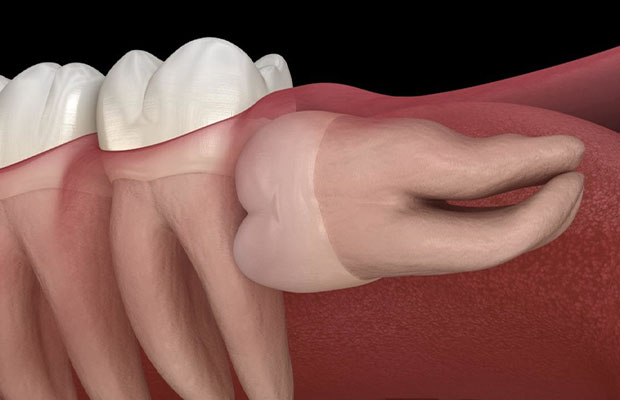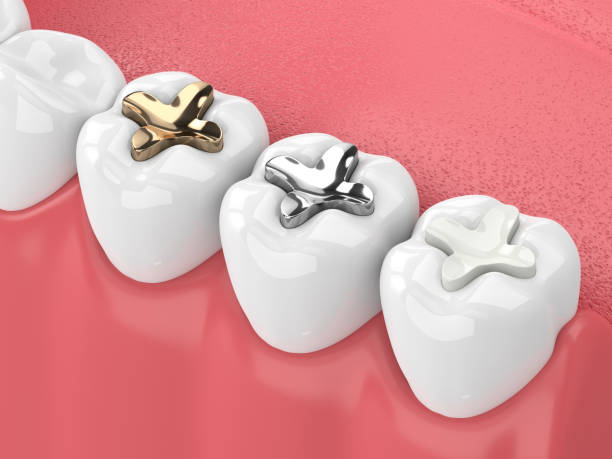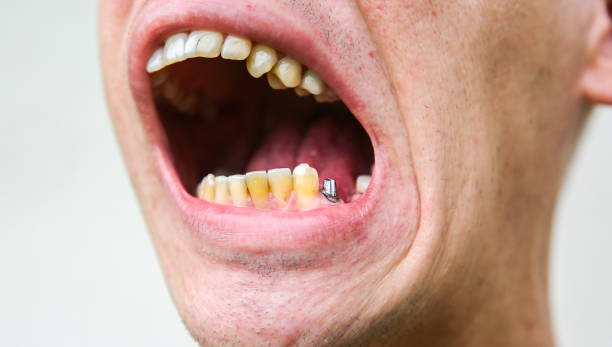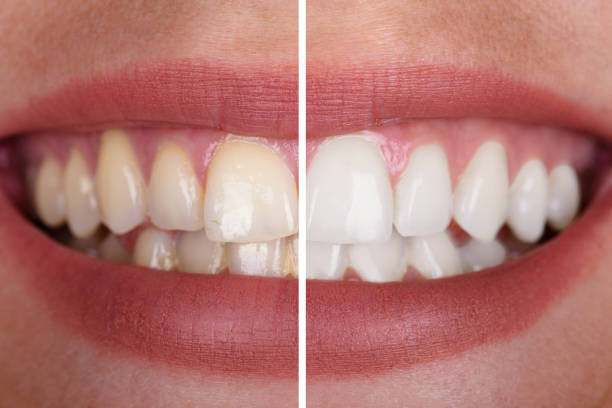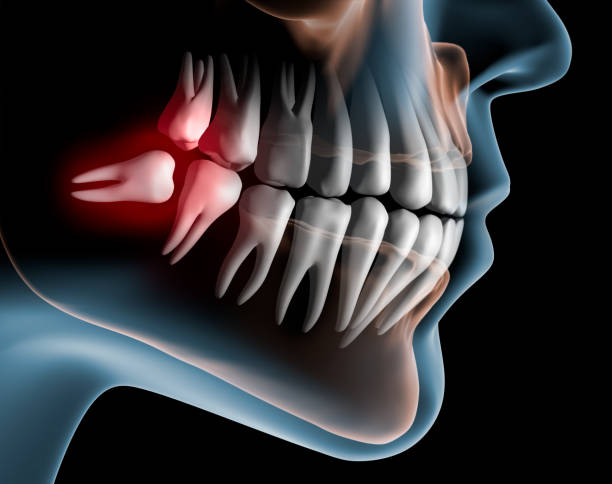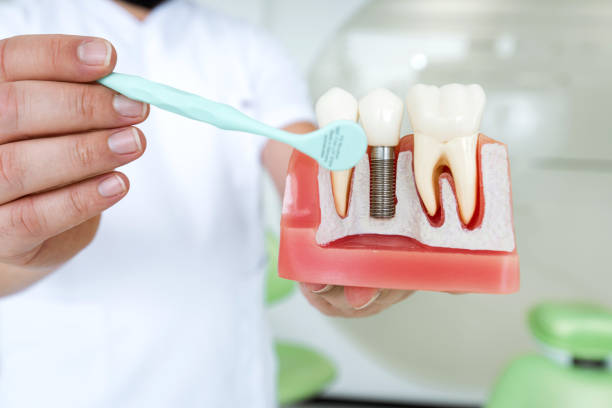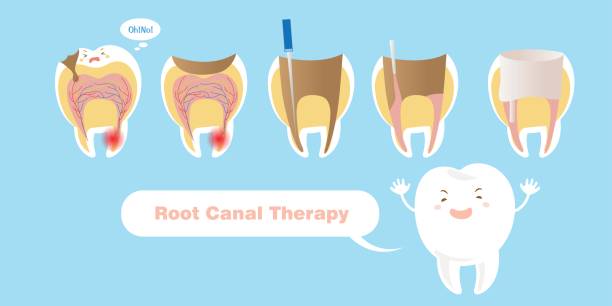You receive a filling when you have a cavity. Care and normal wear and tear determine the lifespan of a filling. Fillings eventually need to be changed. They separate from time to time. What to know if that occurs to you is provided below.
Table of Contents
Steps to Take When the Dental Filling Falls Off
Securely Store the Filling
If you can still find the lost filling, you must first store it so you can show it to your dentist the next time you go. Simply give it a quick rinse with water and store it in a Ziploc bag. It may or may not be used later by your dentist.
Clean the Affected Area Gently
Carefully brush the newly exposed material to remove any residue as it may contain food particles. Be very gentle when brushing and stay away from any painful areas.
Secure the Hole With Dental Cement
Many pharmacies sell dental cement. To fill the gap left by the filling falling off, you would need to roll some of this cement into a small ball and insert it. After that, compact it by using a wet cotton ball.
Mellow Down Your Discomfort While You Wait
Due to the exposed nerve, a missing filling occasionally causes excruciating pain. In the meantime, try to numb it with over-the-counter medications. A word of caution: even if there is no pain, you should still seek treatment as soon as you can.
Do Not Apply Any Pressure on the Damaged Tooth
Pressure applied to the broken tooth may make things worse. Avoid foods like apples that require extensive chewing, and do your best to chew from the opposite side. The tooth may become weaker and chip more easily if you bite or chew on the affected side.
Reach Out If You Feel Signs of An Emergency
You can hold off on getting help for two to three days if your symptoms aren’t severe. However, you need to get in touch with your dentist right away if you experience symptoms like excruciating pain, bleeding, fluid discharge, or the emergence of cracks.
Signs of a Lost Filling
You can get treatment more quickly if you are aware of the symptoms of a lost filling. Some signs include:
• Feeling a hole in your tooth
• Sensitivity
• Food buildup in a tooth with a restoration
• Crunching down on a hard particle while eating
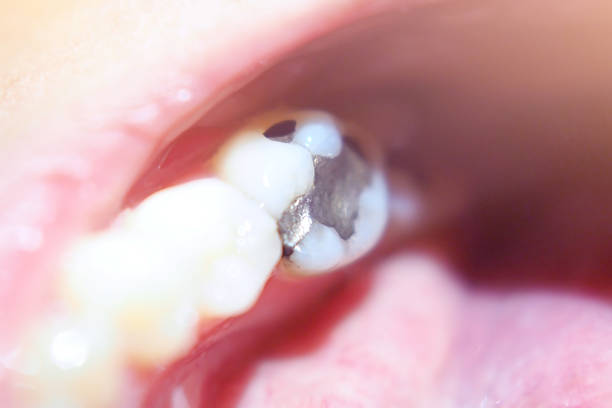
How Did the Filling Fall Out?
Years of constant pressure on fillings can cause them to loosen and eventually fall out on their own or as a result of tooth decay. Strong flossing, a hard bite, plaque buildup, or bruxism can all cause a filling to occasionally fall out.
It’s crucial to remember that teeth frequently fall out while people are eating. When it happens, you might feel the crown or the filling in your mouth. Even though it’s not an urgent situation, it can hurt.
What to Expect at Your Dental Appointment?
You May Get a New Filling
A second filling might be recommended if your dentist believes your tooth can be fixed. Different filing types exist. You may be given the option of a composite and glass ionomer (tooth-colored) filling if it’s a molar or premolar, as opposed to an amalgam (silver) filling. A composite and glass ionomer filling is the most aesthetically pleasing option for a front tooth (incisor or canine). Your dentist may choose to use amalgam fillings because they are more durable and will last longer because your back teeth undergo the most wear and tear (a lot of chewing). One thing to note is that many dental professionals let their patients decide because many fillings are quite obvious.
You May Need a Root Canal, Crown, Or Cap
Your dentist will recommend a specialist to perform a root canal and a crown if there is a large cavity or if the tooth’s nerve has been exposed.
You May Need a Tooth Extraction
Rarely, a cracked or lost filling may be so severe that extraction is the only solution. In this case, a fixed or removable bridge, a dental implant, or another tooth replacement option will be recommended by your oral surgeon and dentist.
How to Protect Fillings?
A filling becoming cracked or broken can be the result of numerous factors. It can be caused by clenching or grinding the teeth, bacteria leaking into the fillings’ margins and causing decay, or just the filling being too old and in need of replacement.
A lost or damaged filling that is not repaired could result in a root canal and eventual tooth loss if left unattended. Scheduling regular dental checkups is crucial to prevent fillings from coming out. Your dental professional can find potential issues during these appointments. Before you even notice a problem, he or she might notice open margins or uneven wear. Furthermore, you’ll learn how to maintain good oral hygiene to help prevent bacterial plaque which is a major contributor to tooth decay.
Close Note
If you lose a filling or suspect one is about to fall out, it is always best to visit your dentist as soon as possible. The best way to fix a filling is to get treatment right away before other issues have a chance to arise. Please keep in mind that the aforementioned advice is only intended as a temporary fix. Make an appointment with your dentist to have your tooth properly fixed.


